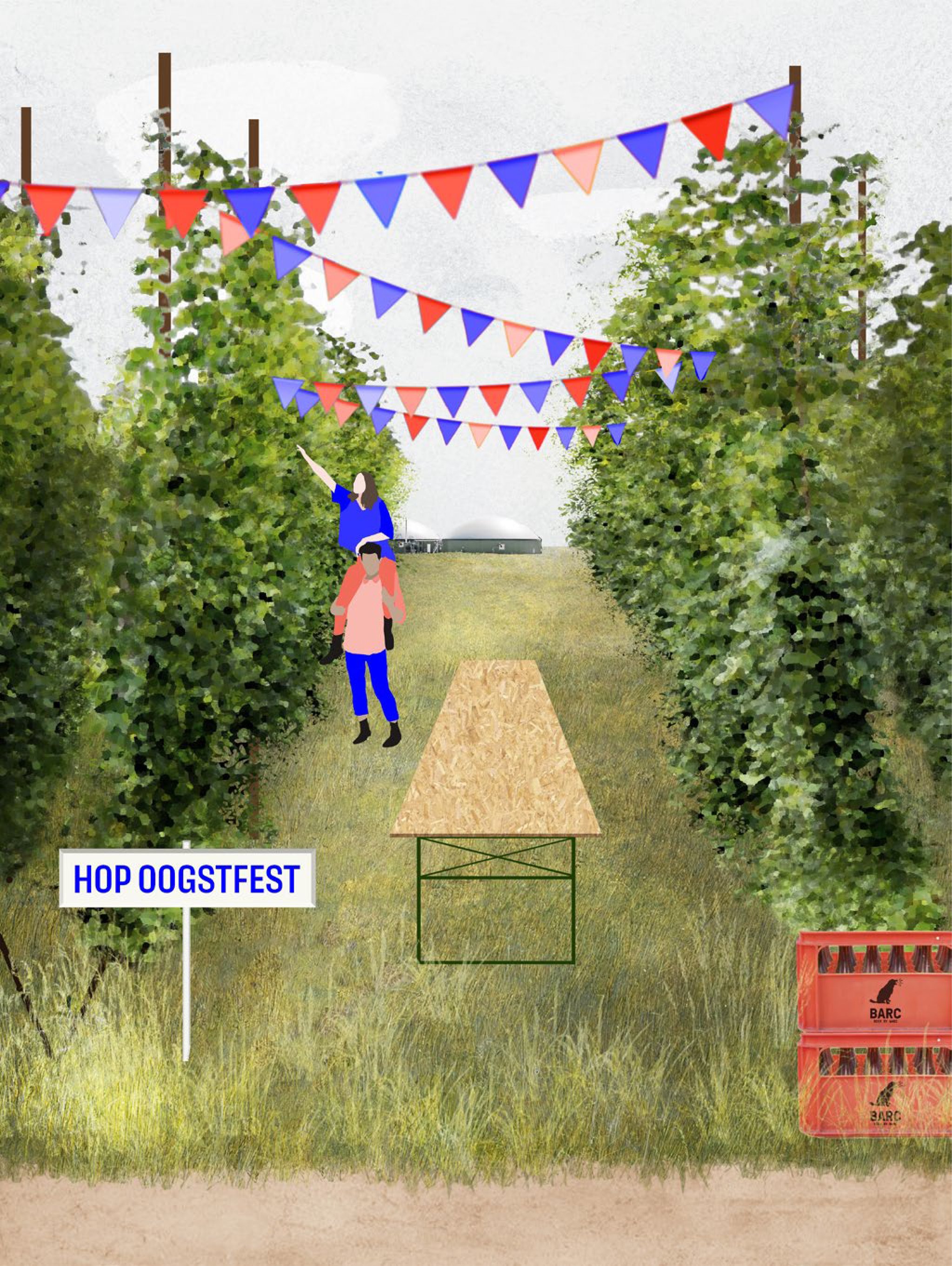-
Climate change, CO2 and nitrogen emissions, increasing inequality and the economic position of a shrinking region - these are some of the many complicated problems that the Achterhoek is facing. These complex tasks cannot be solved using conventional methods or existing institutions.
That is not surprising: it is quite difficult to implement changes when eighty percent of the land is privately owned, and when the logic of the market determines the course.
Dilemmas
There are various dilemmas among landowners. For example, farming families face dilemmas once the parents retire and the children decide not to continue farming. What to do with the land and the farm? At the same time, current developments, such as the large-scale construction of solar fields or the growth of industrial agriculture, evoke feelings of powerlessness. Residents of rural areas are losing control over 'their' landscape, which is changing before their eyes.Small-scale initiatives
But there is hope, because there are an exceptional number of small-scale initiatives in the Achterhoek. In order to build an alternative future through these small but promising initiatives, according to Operation Landscape it is important to literally and figuratively give them space. Not by drawing up an area-wide vision, but by designing a process in which the initiatives can be fully achieved. Only then can we use this wealth of projects and initiatives to break through the various stalemates in the Achterhoek.Contemporary 'common'
Inspired by the Right to Landscape theory by designer and researcher Shelley Egoz, the Operation Landscape team believes that everyone has the right to both a physical form of landscape - to live in and extract raw materials - and an intangible form of landscape, with space in it for social, economic and cultural values.That is why this vision proposes a new structure between citizens and government, so to speak, a contemporary 'common': ‘De Landschappen’. This new form of collective management, participation and consultation can ensure that the 'creation of land' is once again in our own hands. Through ‘De Landschappen’, a revolution in land use, management and ownership can become reality.
Actual case
This line of thought has been tested on a current case: Sonja and her family in Steenderen. Her parents are livestock farmers who will soon retire, but Sonja and her sister do not want to take over the business. They do not want to sell their valuable land to the big farmer who is buying up farms all over the area - mainly because they do not want to participate in economies of scale. Instead, Sonja's family wants to do something for or with the community of Steenderen.This is therefore a reason to make Sonja's issue part of a trial version of ‘De Landschappen’. Sonja provided information about the place, the ideas there and the stories that play there, we explored which assignments could possibly be given a place. Afterwards, discussions were held with villagers about the wishes and possibilities for Steenderen, and what the expectations are for the formation of a ‘Landschap’.
‘De Landschappen’
The ‘Achterhoekse Landschappen’ come to development when they are grafted onto the local context. After all, every place requires an adapted version of the generic approach that lies behind the idea of ‘De Landschappen’. Manageable initiatives and projects make problems and transitions less complicated, and also tangible, solvable and affordable. And residents no longer have to wait for the realization of large and complex infrastructure works. -
Location: Achterhoek, NL | Program: Design Reserch, first prize | Year: 2023 | Client: EO Wijers foundation, Archterhoek region | Status: Study delivered | Task: Design research | Collaboration: Fallow + UFO Urbanism, Toekomst Sterk, Saxion University of Applied Sciences, Kragten | People: Carmen Van Maercke, Frédéric Kancel, Giulia Malley






